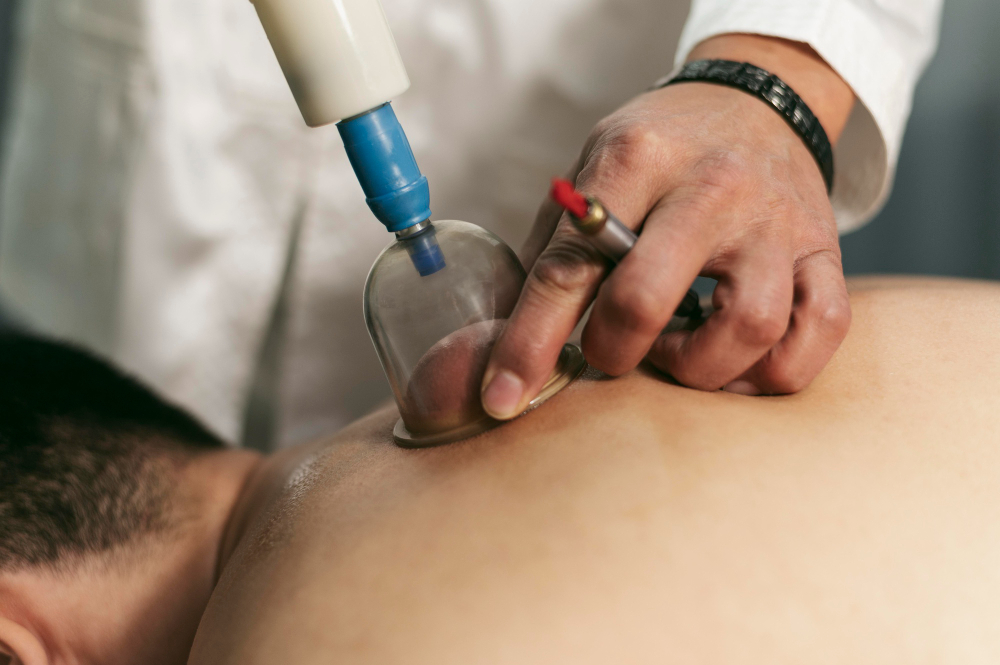What is Cupping Therapy?
Cupping therapy is an ancient healing method. It uses special cups placed on the skin to create suction. This therapy is often used in physical medicine and rehabilitation. Many people try cupping therapy for pain relief, muscle tension, or to improve blood flow. In physiotherapy, it is sometimes used alongside other treatments. People choose cupping therapy because they hope it will ease pain and help them recover faster.
How Does Cupping Therapy Work?
During a cupping session, a therapist places cups on your skin. These cups can be made of glass, bamboo, or silicone. The therapist creates suction by heating the air inside the cup or using a pump. As a result, your skin rises and reddens inside the cup. This suction is believed to increase blood flow to the area. Some people say it helps relax muscles and reduce pain. However, the exact way cupping works is still being studied.
Pros of Cupping Therapy
Cupping therapy offers several possible benefits. Many people report feeling better after treatment. Here are some common pros:
Cons and Potential Risks of Cupping Therapy
While cupping therapy has benefits, it also has some risks. It is important to know the possible side effects before trying it. Here are some common cons:
Who Should Avoid Cupping Therapy?
Not everyone should try cupping therapy. Some people have a higher risk of side effects. You should avoid cupping therapy if you:
Always talk to your doctor or physiotherapist before starting cupping therapy, especially if you have health problems.
Evidence and Scientific Research
Many people ask, “Is cupping therapy safe?” or “Does it really work?” According to the World Health Organization (WHO), cupping therapy is used in many countries. Some studies show that cupping therapy for pain relief may help with back and neck pain. However, the Centers for Disease Control and Prevention (CDC) and other experts say more research is needed. Most studies are small or not well-designed. While some people feel better after cupping, the scientific proof is still limited. Always look for a qualified therapist who follows safety guidelines.
Tips for Safe Cupping Therapy
If you want to try cupping therapy, follow these tips to stay safe:
Summary
Cupping therapy is a popular method in physical medicine and rehabilitation. It may help with pain relief and muscle relaxation. However, it also has risks and is not right for everyone. Scientific research is ongoing, and more studies are needed. If you are thinking about cupping therapy, talk to a qualified physiotherapist first. They can help you decide if it is safe and right for you.
Consult a qualified physiotherapist before starting cupping therapy for personalized advice.
